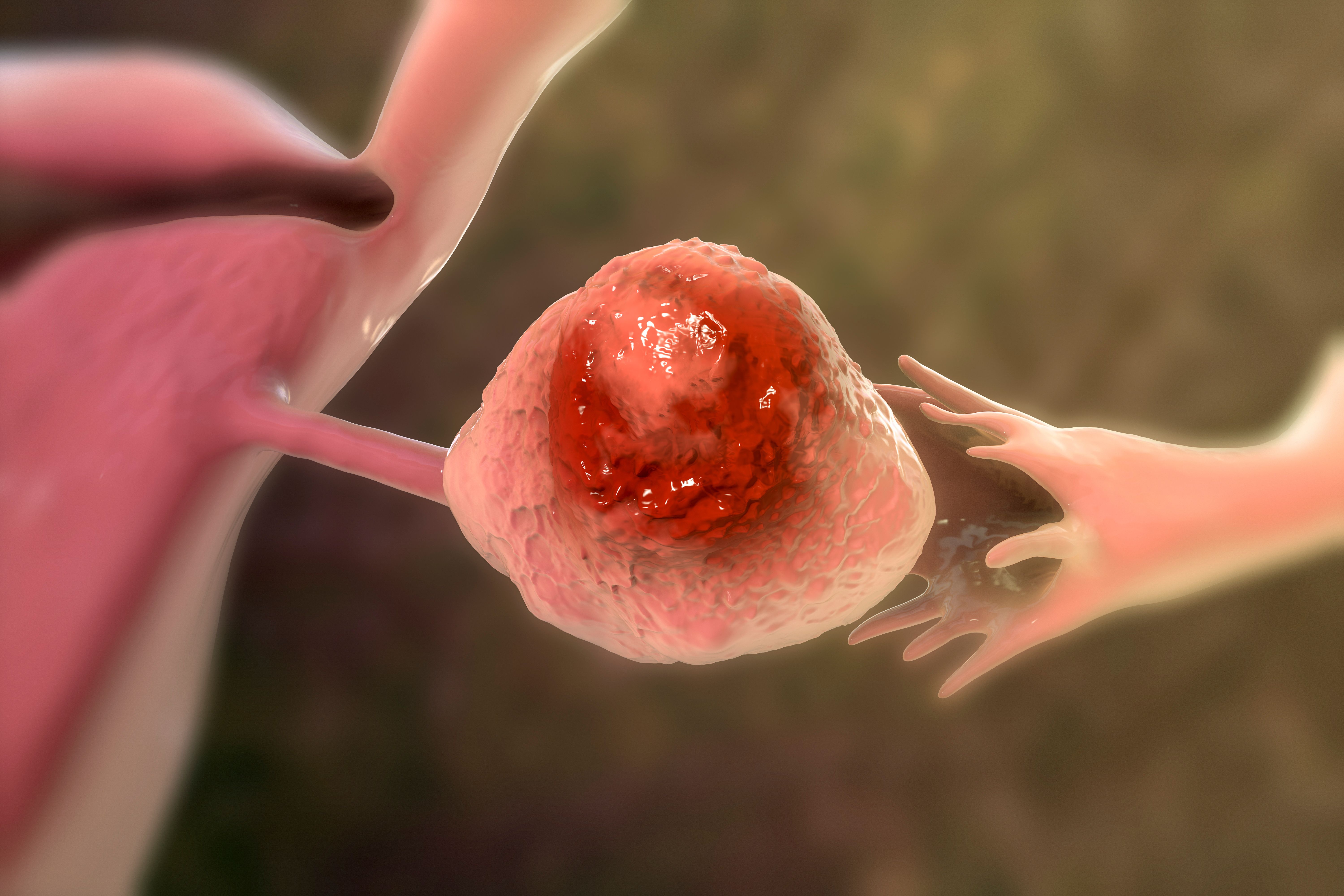Video
Dr Andy Blauvelt Talks Pruritus, Improvements Seen With Ruxolitinib Cream
Topical application of ruxolitinib cream significantly, and rapidly, decreases pruritus, noted Andy Blauvelt, MD, MBA, dermatologist and clinical study investigator at Oregon Medical Research Center, a dedicated clinical trial site.
Topical application of ruxolitinib cream significantly, and rapidly, decreases pruritus, noted Andy Blauvelt, MD, MBA, dermatologist and clinical study investigator at Oregon Medical Research Center, a dedicated clinical trial site. He is the first author of the poster, “Ruxolitinib Cream Rapidly Decreases Pruritus in Atopic Dermatitis: Pooled Results From Two Phase 3 Studies,” which is being presented at this year’s American Academy of Dermatology Virtual Meeting Experience.
Transcript
Can you tell us about your poster that discusses results from the TRuE-AD1 and TRuE-AD2 studies?
This particular poster is a pooled analysis of 2 phase 3 studies in atopic dermatitis. And when we added the 2 studies together, there was a total of 1249 patients that were participating in the 2 studies. There were 3 treatment groups in these studies. There were 250 patients on vehicle, or placebo; 500 patients on 0.75% ruxolitinib cream; and 499 patients on 1.5% ruxolitinib cream. So, 3 groups: placebo, low dose, high dose. The study was performed over the course of 2018 and 2019.
We looked at pruritus in this poster. Pruritus was measured by a variety of different measurements. The main one is called the PPNRS score, and that means the Peak Pruritis Numerical Rating Scale. Patients were asked what their itch score was like from 0 to 10—with 0 [being] no itch and 10 being the worst itch—and what was the highest itch, or the peak pruritus, in the last few days.
Patients had high PPNRS scores at the beginning. And...the main summary of this study, 84.3% of patients on ruxolitinib had a drop of 2 or more points in their PPNRS score and 63.9% of patients had a drop of 4 points or more in their pruritus score. And these represent significant improvements compared to vehicle.
The bottom line here is that this topical medication, ruxolitinib—which is a JAK [Janus kinase] inhibitor, that's the class of drugs—when this JAK inhibitor is applied topically, we see rapid and significant decreases in pruritus, which is very interesting for a topical drug to decrease pruritus so significantly and so rapidly.
How does the Patient-Oriented Eczema Measure (POEM) inform treatment decisions?
POEM actually incorporates a number of different measures. It's an excellent measure for incorporating in dermatologists’ private practices. I know that dermatologists don't use POEM surveys commonly; however, it’s being used quite commonly and quite extensively in atopic dermatitis clinical trials. And it would be a very easy measure to incorporate into your clinical practice, because it’s 7 simple questions that are answered very easily, from 0 to 4. And if the patients answer a 4, they get 4 points for that score. So there’s 7 questions, maximum of 28 points for this particular questionnaire and a minimum of 0, so 0 to 28.
And 2 of the questions, in particular, one asks about itch and one asks about sleep loss. And we're really interested in hearing what patients are saying about their itch and about their sleep that's affected by atopic dermatitis. This is one of the key measurements, one of the key patient-reported outcomes where we ask about itch and sleep.
So, a 28 would be the maximum, be the worst eczema ever; it means they have lots of itch, lots of sleep loss, and their disease is severe. The other questions ask a variety of different things that can be affected by atopic dermatitis.
Newsletter
Stay ahead of policy, cost, and value—subscribe to AJMC for expert insights at the intersection of clinical care and health economics.





